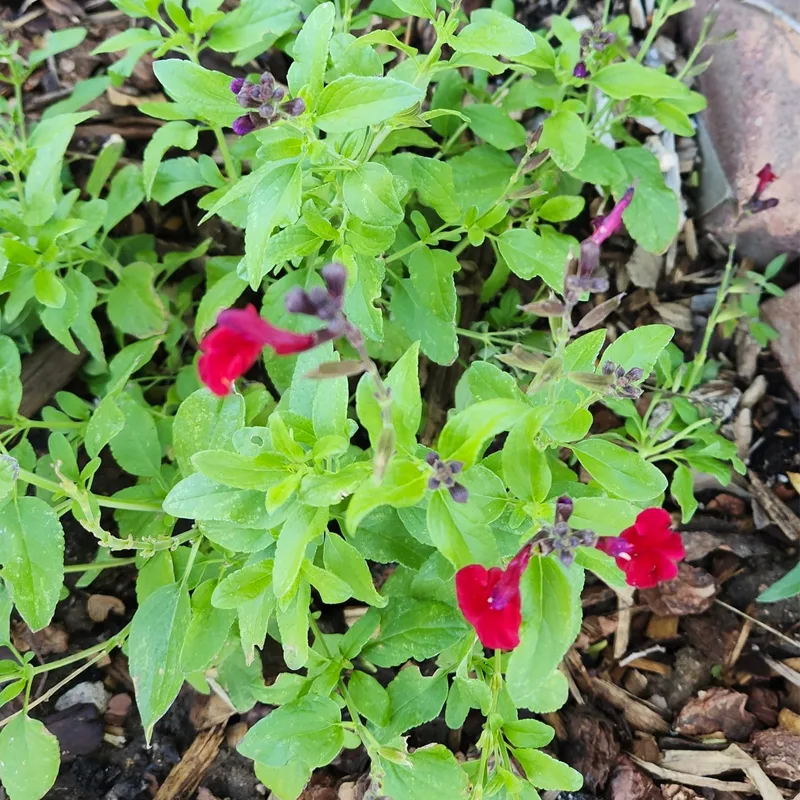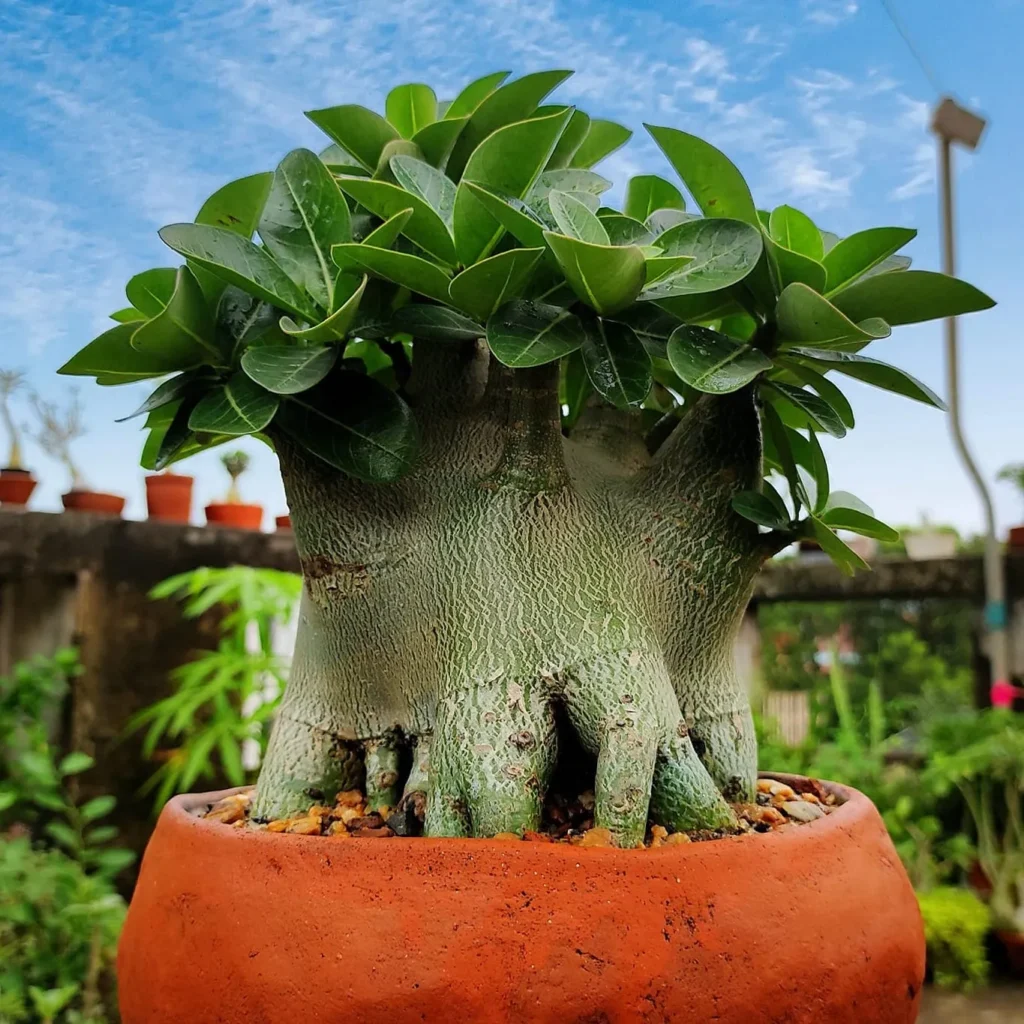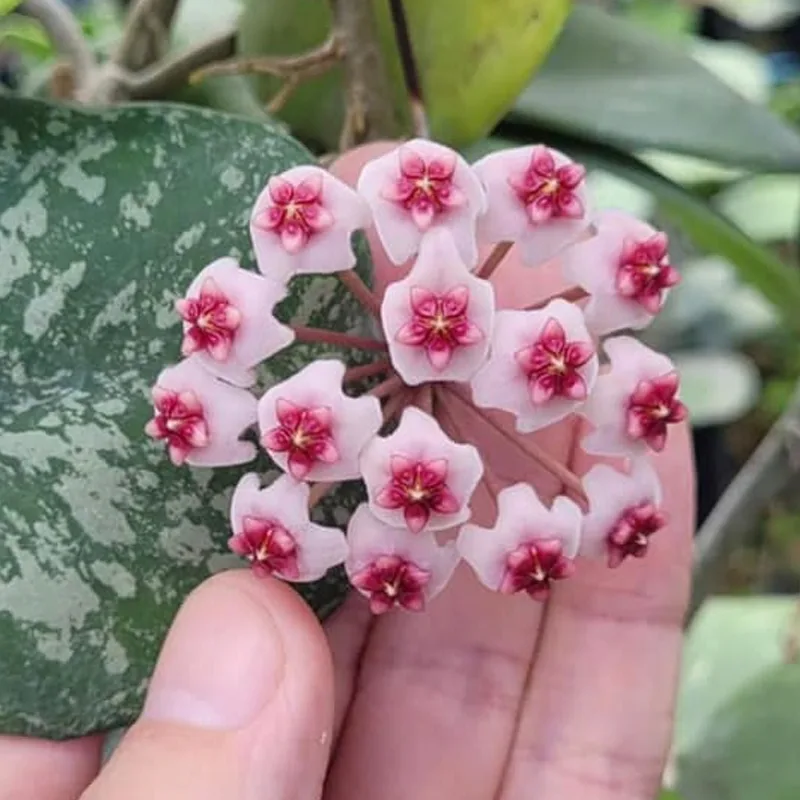My Love Affair with Sanvitalia
I, Ferb Vu, have always been drawn to the unassuming beauty of wildflowers. Their resilience, their vibrant colors peeking out from unexpected corners, their quiet strength – these are qualities I find endlessly fascinating. And among my favorites is the genus Sanvitalia, the creeping zinnias.
These cheerful little plants, with their sunny disposition and low-growing habit, bring a touch of the wild to any garden. Native mostly to Mexico, with a few species scattered across Central and South America and the Southwestern United States, they are members of the Asteraceae family, which also includes sunflowers and daisies.
A Closer Look at Sanvitalia
What distinguishes Sanvitalia from its cousins are its petite, daisy-like flowers, often with dark centers that provide a striking contrast to their bright petals. These petals can be yellow, orange, or even white, depending on the species. The plants themselves are typically low-growing, spreading outwards to form a charming groundcover. Their leaves are small and somewhat lance-shaped, providing a lush green backdrop for the vibrant blooms.
One of the things I admire most about Sanvitalia is its toughness. These plants are drought-tolerant and thrive in full sun, making them ideal for those hot, dry spots in the garden where other plants struggle. They’re also relatively low-maintenance, requiring minimal care once established.
The Many Faces of Sanvitalia
While the genus itself is relatively small, there’s still a pleasing variety within its ranks. Here are:
- Sanvitalia abertii (Abert’s creeping zinnia): Known for its low-growing, trailing form, Sanvitalia abertii is a resilient annual that spreads well across dry, sandy soils, making it perfect for ground cover in arid climates. It sports bright yellow flowers with a brown or greenish center, resembling miniature sunflowers. This species, native to the southwestern United States and northern Mexico, is often found in grasslands and open woodlands, thriving in well-drained soils and full sun.
- Sanvitalia acapulcensis: A unique species in the Sanvitalia genus, Sanvitalia acapulcensis is native to coastal areas and regions around Acapulco, Mexico. It features daisy-like, yellow blooms with dark centers that attract pollinators and provide a cheerful ground cover. This plant is well-suited to hot, dry climates, where it forms a dense mat of greenery, effectively resisting drought once established.
- Sanvitalia angustifolia: Commonly recognized for its narrow leaves, Sanvitalia angustifolia has an upright, spreading habit and blooms prolifically with vibrant, yellow flowers that brighten up gardens from summer to fall. It’s a hardy choice for rock gardens, borders, and container displays, as its drought tolerance allows it to thrive in various conditions. This species is loved for its continuous blooms and ease of maintenance.
- Sanvitalia fruticosa: A shrubbier form of Sanvitalia, Sanvitalia fruticosa boasts a somewhat bushy appearance compared to its low-growing relatives. It produces abundant small, yellow blooms with dark centers, making it ideal for adding splashes of color to landscapes and borders. Known for its ability to adapt to full sun and rocky soils, this species is naturally suited to warmer climates and provides a long season of flowers.
- Sanvitalia ocymoides: This species stands out with its larger, basil-like leaves and spreading growth habit, lending a lush, green backdrop for its characteristic yellow flowers. Often found in dry, rocky habitats, Sanvitalia ocymoides is prized for its hardiness in xeriscaping and Mediterranean-style gardens. Its profusion of blooms makes it an attractive addition to rockeries and borders, where it thrives with minimal water.
- Sanvitalia procumbens (Mexican creeping zinnia): Known as Mexican creeping zinnia, Sanvitalia procumbens is one of the most popular species for garden use due to its ease of care and bright yellow flowers with dark centers. It forms a dense mat, ideal for ground cover, hanging baskets, and containers, especially in warmer climates. Tolerant of drought and poor soils, it adds a cheerful and consistent splash of color from late spring through fall.
- Sanvitalia versicolor: Characterized by its striking flower heads that often exhibit color variations within a single bloom, Sanvitalia versicolor stands out for its attractive blend of yellow and orange shades. This species grows low to the ground, forming a charming mat that works well in flower beds, borders, or cascading from containers. Known for its resilience and long bloom period, it can withstand both heat and moderate drought, making it a versatile choice for sunny gardens.
It’s worth noting that there’s some confusion surrounding the name “Sanvitalia speciosa.” While commonly used in horticulture, it’s not a validly published name, and many plants labeled as such actually belong to a different genus altogether.
Why I Love Growing Sanvitalia
For me, Sanvitalia embodies the joy of gardening. It’s a plant that asks for little but gives back so much. Its cheerful blooms brighten up any space, whether it’s a sprawling garden bed, a rocky outcrop, or a simple hanging basket.
I love watching the bees and butterflies flitting amongst the flowers, drawn in by their vibrant colors and sweet nectar. And I appreciate the way Sanvitalia fills in those awkward gaps in the garden, creating a lush carpet of green and gold.
But perhaps most importantly, I love the sense of connection I feel to the natural world when I grow Sanvitalia. It’s a reminder that beauty can be found in the simplest of things, and that even the smallest plant can bring a sense of wonder and joy.
If i die, water my plants!



